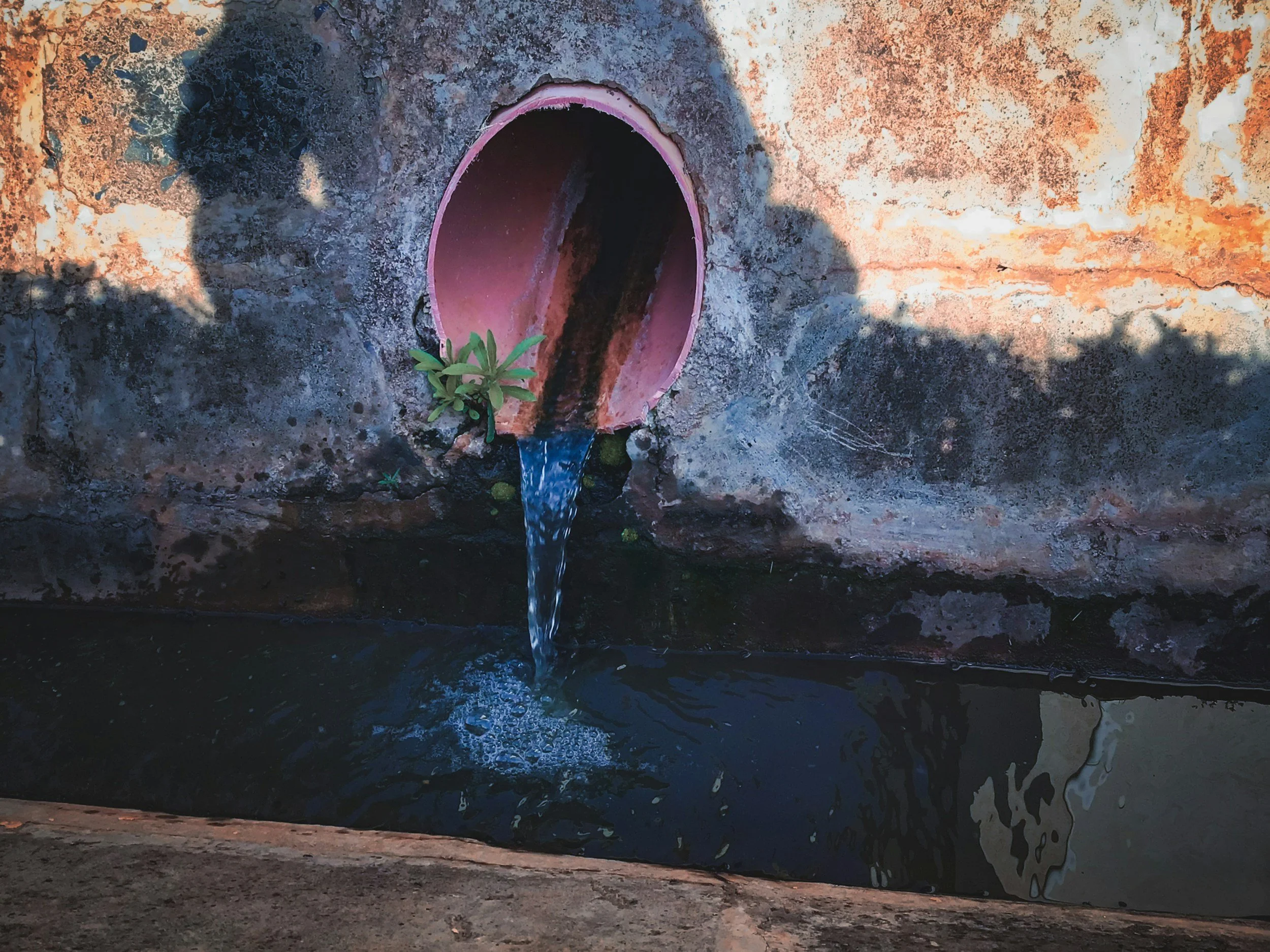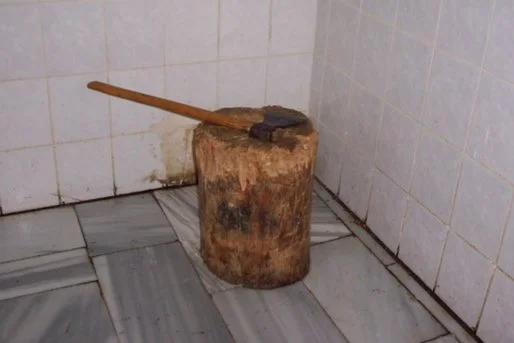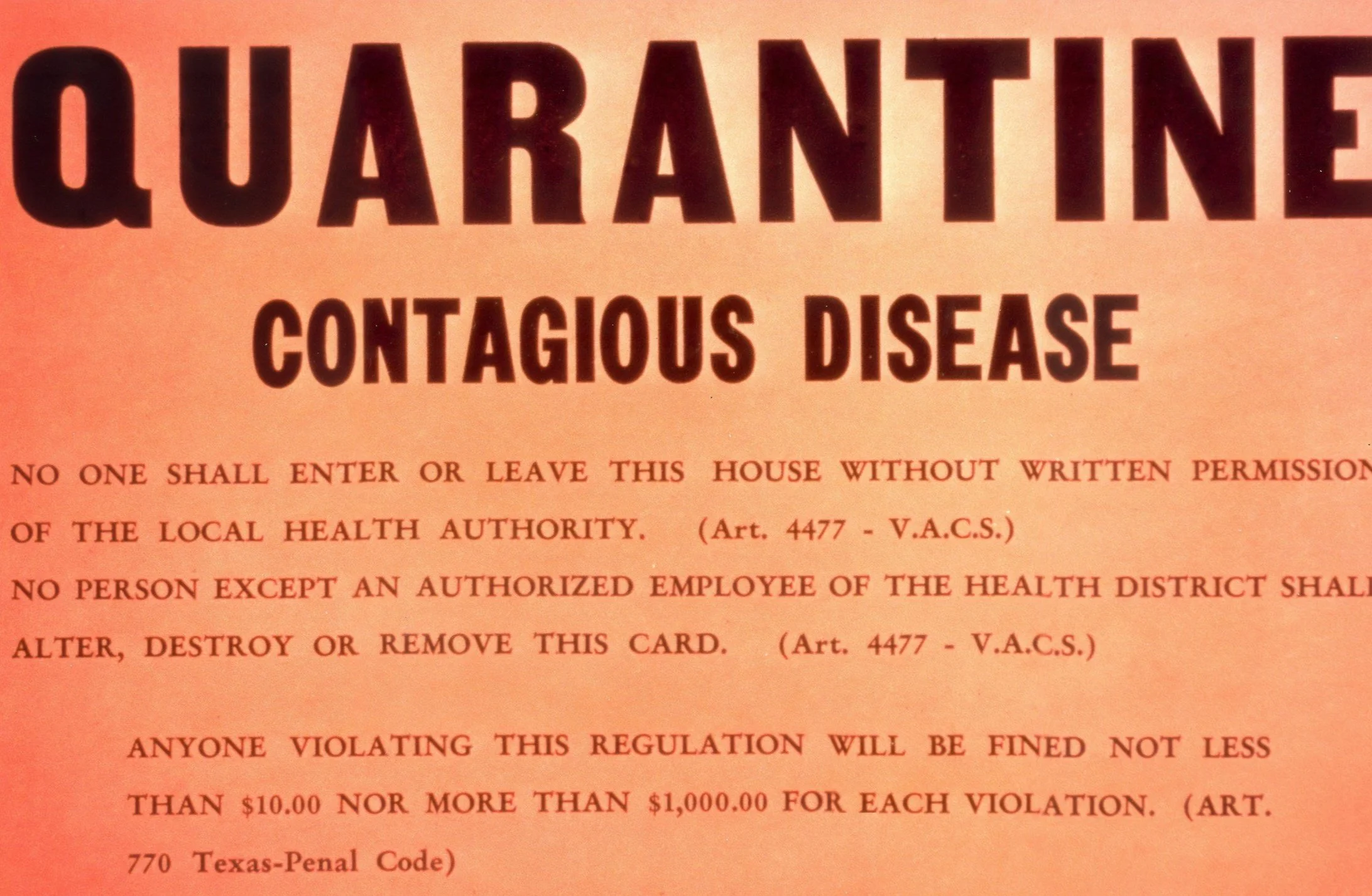What is an Environmental Health Officer?
An EHO, or sometime referred to as an EHP (Environmental Health Practitioner) is a role that ensures physical environments in which we work, eat, sleep, play, gather, and enjoy are safe and healthy. The aim is to protect human health, safety, and wellbeing by minimising risk and mitigating hazards in the natural and built environments. There are over 7,000 members of the CIEH, with 1,500 of them Chartered - I am a Chartered Member of the CIEH so can use the post-nominals MCIEH CEnvH - you can see my credentials by going to the CIEH Professional Register.
EHOs typically work for a local authority; most people see an EHO as a food safety inspector however the role is far more varied and interesting than just inspecting kitchens. Although most EHOs work for Local Authorities, many EHOs work for corporates, charities, third sector, academia, and the military. It is a degree profession, in that to become a registered EHO one must hold an accredited BSc or MSc - in England, Wales, and Northern Ireland the degree is credited by the Chartered Institute of Environmental Health (CIEH) and in Scotland the Royal Environmental Health Institute of Scotland (REHIS). Outside Britain each country has their equivalent. An EHO is an inspector; they are also a critical thinker, educator, auditor, investigator, academic, policy developer, trainer, consultant, advisor, problem solver - the skillset is underpinned by a broad range of knowledge areas with an understanding how these interact and influence each other, and an EHO needs to understand a wide ranging set of complex issues to achieve their goal - protect human health and wellbeing.
Before becoming a Head of Health and Safety I developed as an EHO in the British Army. My assessment is that the wide ranging knowledge and skills I developed in a degree level programme helped me in my career; the wider range of issues gave me a broader strategic perspective and ability to be a critical thinker and problem solver with the degree underpinning my development.
The Five Disciplines of Environmental Health
-

Health and Safety
Each in Britain year thousands die from work-related heath conditions and hundreds from workplace incidents.
-

Environmental Protection
The air we breathe, water we drink, noise around us, land we use can all impact our health when contaminated or polluted.
-

Housing and Community
Good housing is fundamental to human health; EHOs develop policies and advise landlords, and enforce basic standards.
-

Food Safety and Integrity
EHOs work to ensure food is produced, prepared, and served is safe to eat and develop policies and provide support.
-

Public Health
The heart of Environmental Health, bringing together the disciplines, to protect, improve, and promote public health.